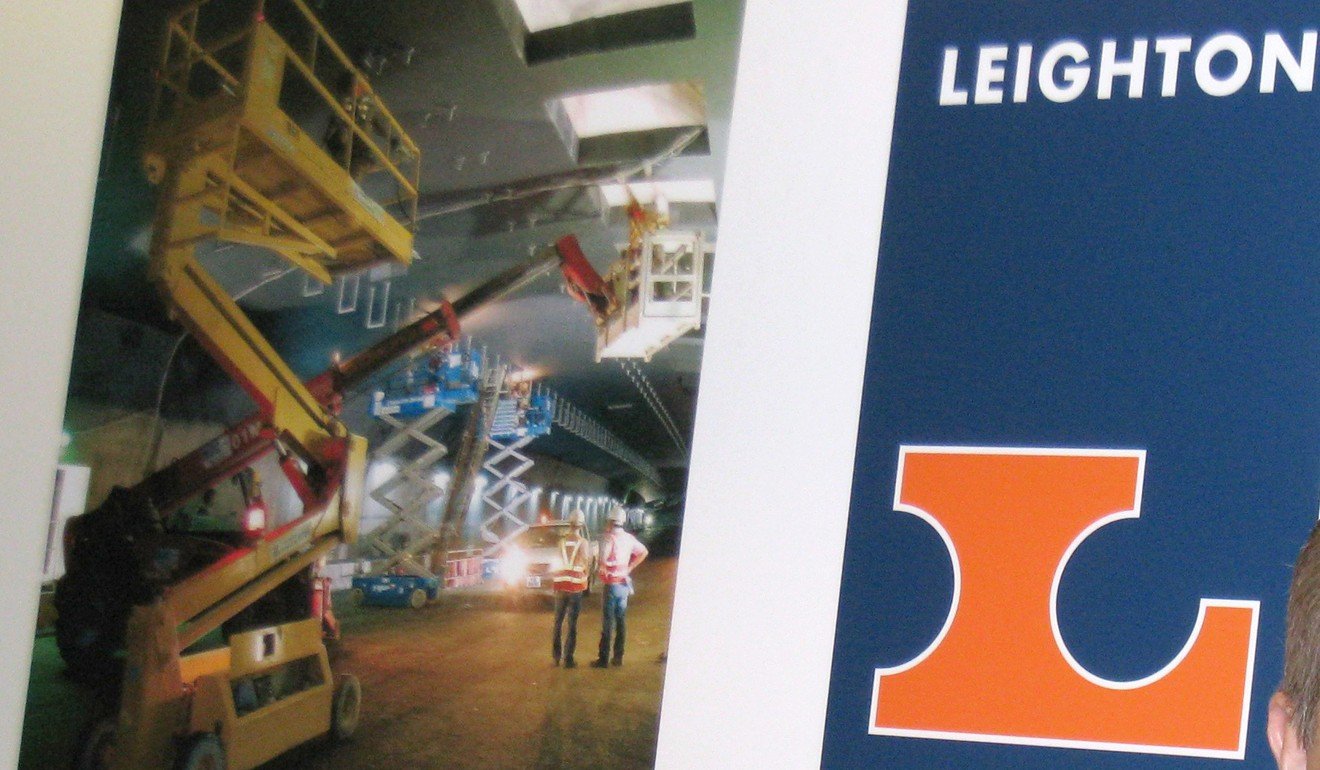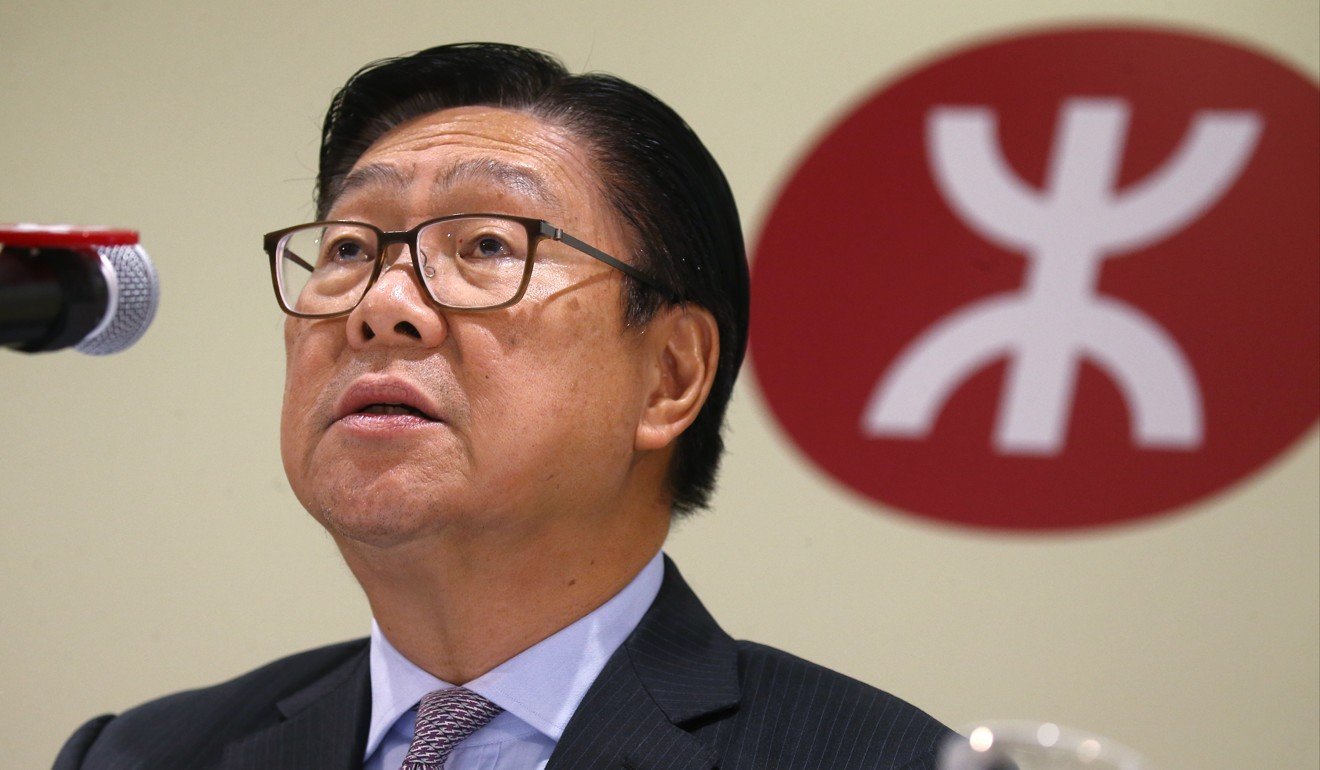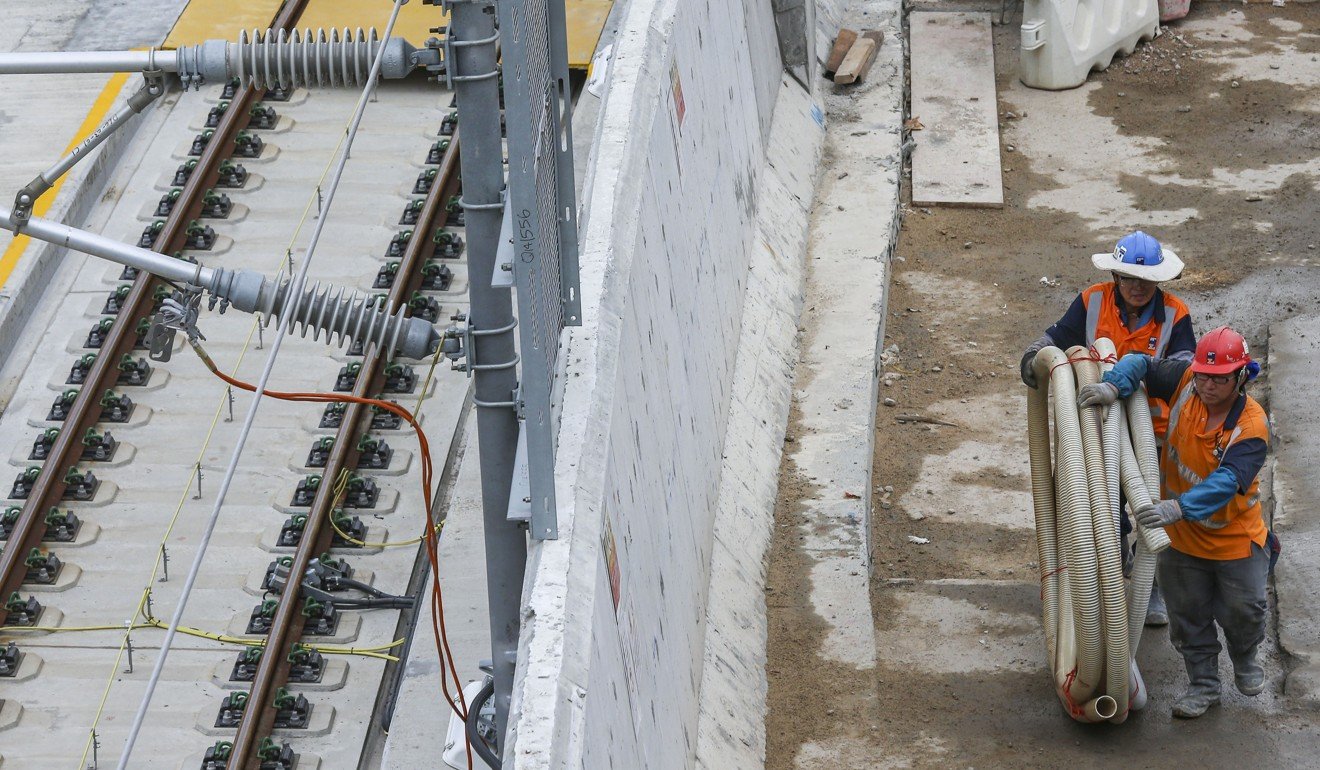
MTR’s ties with contractor on Sha Tin-Central link under scrutiny amid corner-cutting scandal
Close relationship could have caused city’s railway operator to be lax in enforcing standards for construction work and reporting errors, critics say
Hong Kong’s railway operator and the main contractor in a corner-cutting scandal that has rocked the city’s HK$97.1 billion (US$12.37 billion) Sha Tin-Central link have a close relationship that is coming under scrutiny as the saga deepens.
The ties could explain why the MTR Corporation has not done enough as the final gatekeeper for standards, critics have charged, an accusation the operator staunchly denies.
The MTR Corp is partnered with Leighton Contractors (Asia) and its sister company on two major Australian rail projects in Melbourne and Sydney, but the operator has dismissed suggestions the overseas venture affected how it handled the problems on Hong Kong’s most expensive railway, saying “there is absolutely no truth to it”.

On five occasions faulty steel bars were found installed on platforms in Hung Hom station during construction for the Sha Tin-Central line. The MTR Corp neither considered reporting the matter to police, its board or the government, nor kept proper records of the defective work. One engineer called that oversight “inconceivable”.
In a separate blunder also involving Leighton at a nearby north approach tunnel, the rail firm admitted it failed to sign papers to certify steel bar work had been carried out correctly before allowing concreting to begin. The faulty bars were discovered when staff removed a portion of concrete due to water seepage.

Leighton, despite repeated attempts by the Post to obtain a response, has stayed quiet over its responsibility. The contractor was tasked with building the platforms where the faulty steel bars were discovered.
The MTR Corp is involved in a joint venture with Leighton and its sister company, UGL, on the Australian projects – namely a HK$26 billion contract awarded in 2014 to run Sydney’s North West Rail Link and an extended seven-year contract signed last year to operate Melbourne railways.

Both Leighton and UGL, an engineering firm, are owned by Australia-based parent company CIMIC Group, a leading international contractor formerly known as Leighton Holdings. Both companies are involved in the Sydney project, while only UGL is partnered with the MTR Corp in Melbourne.
On the Sha Tin-Central link, Leighton was the main contractor responsible for building the Hung Hom station floors and platforms, which are secured by 26,000 couplers that connect multiple layers of steel bars. The project plans were finalised with a HK$5.2 billion contract signed in March 2013, which also included construction of sidings for the rail link.

Last Saturday the MTR Corp told the Post it had written to Leighton asking for all relevant information. Chairman Frederick Ma Si-hang earlier even called on Leighton to come clean over the scandal.
“The corporation will handle the matter strictly in accordance with the contract. If any violation is found, we will take robust legal action,” the MTR Corp said.
It denied its partnership with Leighton had influenced how it handled the saga.
“We handle all contracts in strict accordance with the law and contractual terms so as to ensure the quality of construction work, and we deal with all contractors on this same basis,” it said.
Responding to media reports, the MTR Corp last week confirmed that on five occasions between August and December 2015 it found more than 25 steel bars had been cut to make it seem as if they had been screwed correctly into couplers on the platforms, when in fact they had not.

At first the rail giant did not reveal who had carried out the shoddy work, but later singled out Fang Sheung Construction, a subcontractor hired by Leighton, as the likely culprit.
The rail operator said MTR staff did not see the bars being cut but it was the logical conclusion that Fang Sheung workers were responsible since they were the only ones active at the site. However, leaked photos later emerged of workers wearing Leighton uniforms cutting the bars.
Fang Sheung has not commented so far.
Adding to the mystery, MTR Corp projects director Philco Wong Nai-keung said no written records had been made of the findings on the other four occasions, as fewer than five steel bars were found cut each time.
Before the irregularities came to light, the MTR Corp had not reported the matter to police, its board’s capital works committee or the government.
Civil and structural engineer Simon So Yiu-kwan said Leighton’s role in the scandal would affect the reputation of the MTR consortiums in the Australian projects, since the two were investment partners.

“This explains why the MTR Corp gave the public the impression it had covered up something for Leighton. Maybe it doesn’t want to undermine its joint venture in Australia,” So said.
It was “inconceivable” and “unusual” that MTR staff failed to keep a record of the faulty steel bars on four occasions, he added.
“In this industry, if you discover foul play, there must be a record ... in case you need to pursue responsibility at a later stage,” he said.
Economist Andy Kwan Cheuk-chiu, director of the ACE Centre for Business and Economic Research, said the MTR Corp’s supervision of the project had obviously not been up to scratch, and it could possibly have been due to its close relationship with Leighton.
“As far as I know, the MTR Corp has a deep-seated corporate culture of withholding bad news from the senior management, and as long as they believe the problems are fixed, the middle-ranking staff may not bother to keep a record of it,” he said.
“The two firms are in a long-term working relationship. The scandal shows some people didn’t follow the protocols or keep proper records. People will easily believe the MTR has taken a lax approach in supervising the work of Leighton as the main contractor.”

So said the best course of action would be to report the matter to police, as no other authority – not even a government-appointed independent inquiry committee – would have the power to apply for a warrant to search the files kept by Leighton.
“So far Leighton has remained silent on this matter. We don’t know how the company has handled its relevant files. It’s better to report the matter to police before it is too late,” So said.
The MTR Corp is due to submit a report to the government this week explaining the saga.

